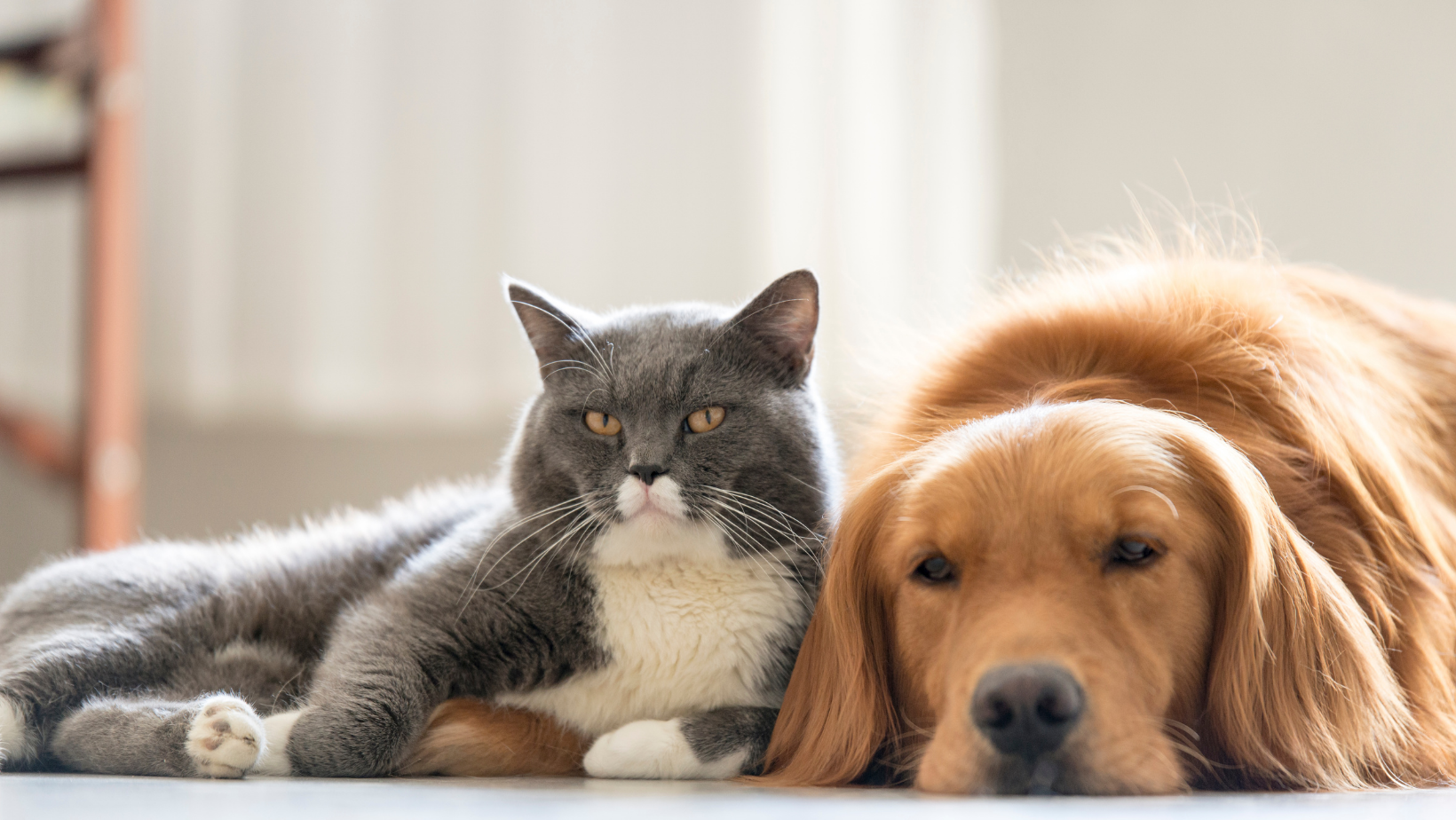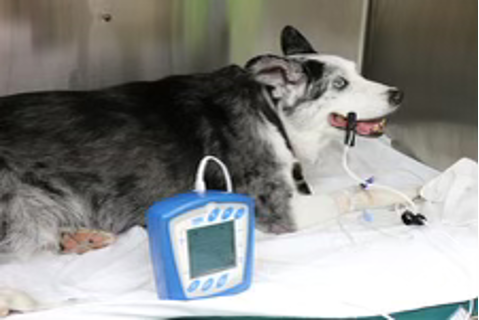
Optical Filters in Veterinary Medicine
The connection that humans have with their pets is quite similar to the affection people feel towards their children. For many, house pets are core members of our families. That being said, routine veterinary care for pets is becoming just as common as routine doctor appointments for any traditional family member.
In general, the world of medicine is deeply intertwined with optics and photonics. In this blog we will explore the relationship specifically between veterinary medicine and optical filters, along with how it will affect the costs of caring for our pets.
Oncology
One common area optics and photonics are applied in the veterinary field is oncology. There are biophotonics studies that address the use of optics in tumor diagnosis (skin and subcutaneous tumors), prognosis (lymphoma), and therapy (clear surgical margins).
A frequently used optical imaging technique, known as visible near-infrared spectroscopy, uses light with a wavelength range between 650 and 850nm to measure an animals’ circulation and overall brain health & activity. A form of light therapy termed photobiomodulation is commonly used on humans for promoting hair growth and decreasing fatty deposits. However, in veterinary medicine, it is used to increase the speed and quality of tissue repair along with the management of wounds, skin conditions, and orthopedic problems. As time goes on, we are likely to see more crossover applications for medical technology between humans and animals.
Optical Coherence Tomography
Doctors have employed Optical Coherence Tomography (OCT) for monitoring human health since it was pioneered in Vienna in the 1980s. Veterinarians are now learning that the technology can be just as useful in evaluating the well-being of patients of the animal kingdom. Often used in conjunction with other technologies, OCT is a noninvasive imaging technology used to gather high resolution images of the retina, the skin and (attached to an endoscope) the heart. It has been particularly effective in the early detection and diagnosis of retinal disease and other eye conditions.
Optical Coherence Tomography uses near-infrared light to provide HD images quickly and painlessly. The processing algorithm is similar to that used with ultrasound. The resulting picture is clearer, but the depth of penetration is less.

Figure 1. A dog’s eyes are examined with an optical coherence tomography (OCT) system. Courtesy of OcuScience.
Pulse Oximeter
The pulse oximeter measures blood oxygen saturation. The machine reports the percent of the hemoglobin molecules that have oxygen attached to them. In a normal dog or cat, a healthy oxygen saturation is near 100%. When oxygen saturation is less than approximately 94%, oxygen therapy is administered.
The pulse oximeter is one of the more frequently used medical monitors. A common use is as a monitoring tool for pets undergoing general anesthesia. If the pulse oximeter indicates the oxygen saturation is falling in an anesthetized pet, it is a clue for veterinarians to adjust the anesthetic and oxygen levels.
Inside the pulse oximeter are dual source and detector pairs, one for red light and one for infrared. When triggered, the device sends light from both sources through the skin. It then senses how much of each frequency light is absorbed by the skin and red blood cells. A logic circuit inside the oximeter uses the ratio of light absorption to determine blood oxygen saturation levels. The procedure is painless and the reading takes only seconds!

Figure 2. A Pulse Oximeter measures the percent of hemoglobin molecules that have oxygen attached to them.
Hyperspectral Imaging
Hyperspectral imaging is an emerging technology in the biomedical field used to characterize different types of cancer and other surface abnormalities. It works by analyzing the reflectance of characteristics of many distinct wavelengths across the electromagnetic spectrum. This non-invasive approach can be used safely on humans and animals and is gaining popularity in the medical field.
Dogs are highly susceptible to mammary tumors and abnormal growth of cells in the body. Early detection of malignant tumors is critical for their successful treatment. A small, less expensive imaging system for veterinary use has been developed.
Its use can drastically cut the turn-around time from the traditional biopsy-to-lab method.
Optics on the Horizon
So, what kind of future do optical filters have in veterinary medicine and how will it change the way vets practice?
The past few years have seen a cultural shift in how people are caring for their animals, which has impacted the level of treatment veterinarians provide, the equipment they use, and research being done. All these factors are driving the development of non-invasive, rapid turn-around diagnostics – where optical systems are at advantage.

Will it increase or reduce the costs of caring for our pets?
The bad news is that the average pet owner will probably be spending more per year on vet bills. The good news, however, is that our pets will live longer and enjoy a better overall quality of life. Additionally, a pet owner won’t be losing his or her pet as often, meaning lower lifetime acquisition costs. However, at the end of the day, most pet owners don’t put a price tag on the love they get from their furry family members.
Andover Corporation is proud to be in the business of designing optical filters & coatings which are absolutely critical to the continued development of diagnostic tools in the veterinary industry and it’s not slowing down, and because of this, neither will your pet.
Citations;
https://www.spiedigitallibrary.org
https://www.photonics.com/Articles/Veterinarians_Use_OCT_to_Evaluate_Eye_Health/a66310
https://www.amcny.org/blog/2017/01/24/everyday-medicine-pulse-oximetry
https://www.marketplace.org/2021/08/05/why-is-veterinary-care-so-expensive/
https://en.wikipedia.org/wiki/Optical_coherence_tomography
